
Position of the counterlung; on the chest or on the back
We distinguish different types of counterlungs used with rebreathers. On land, the choice of whether the counter-lung is worn on the chest or the back will make little difference to the breathing resistance. This is because there is equal pressure in the whole area around the wearer. The situation is completely different when using rebreathers under water. A back worn rebreather will have a lower hydrostatic pressure than a chest worn rebreather. Therefore, depending on the swimming position, a different breathing resistance can be observed.
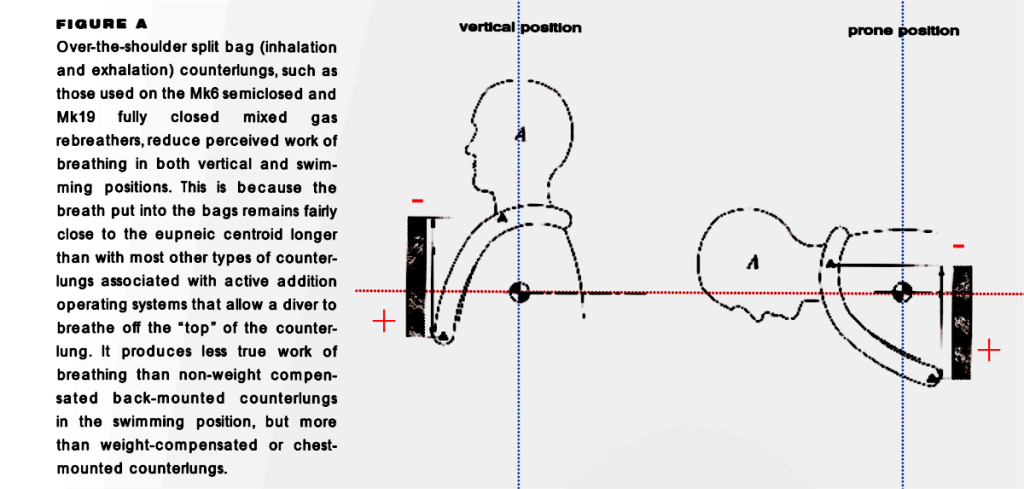
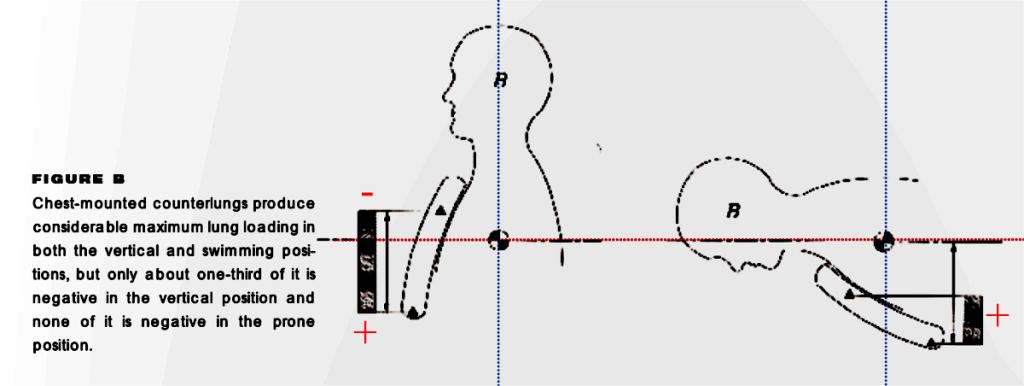
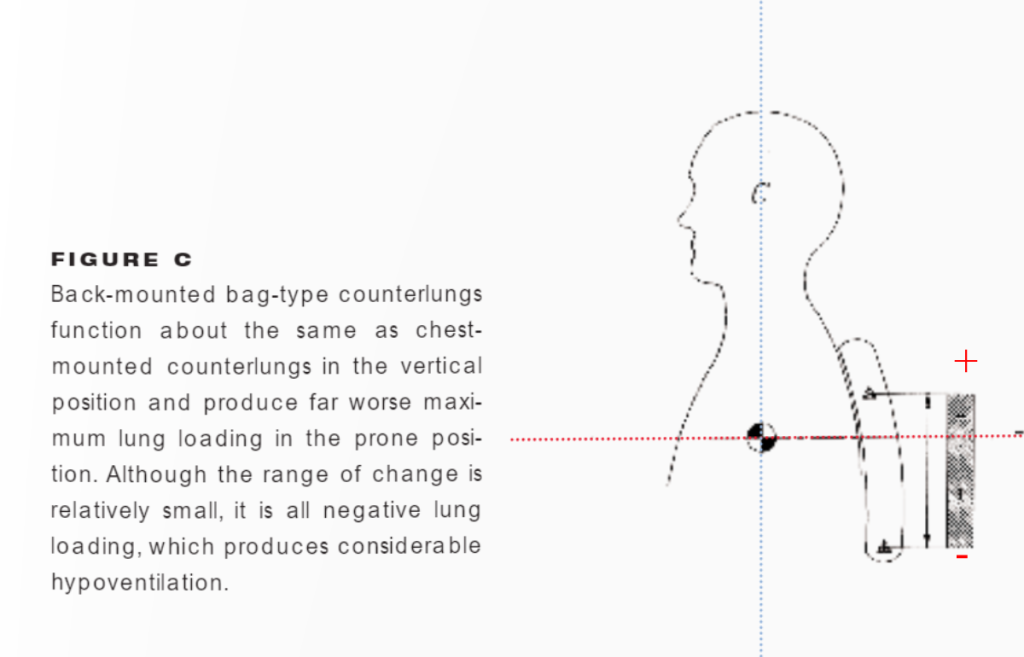
Another difference will be caused by breathing through the scrubber via a so-called pendulum 1 hose system, or using separate inhale and exhale lungs.
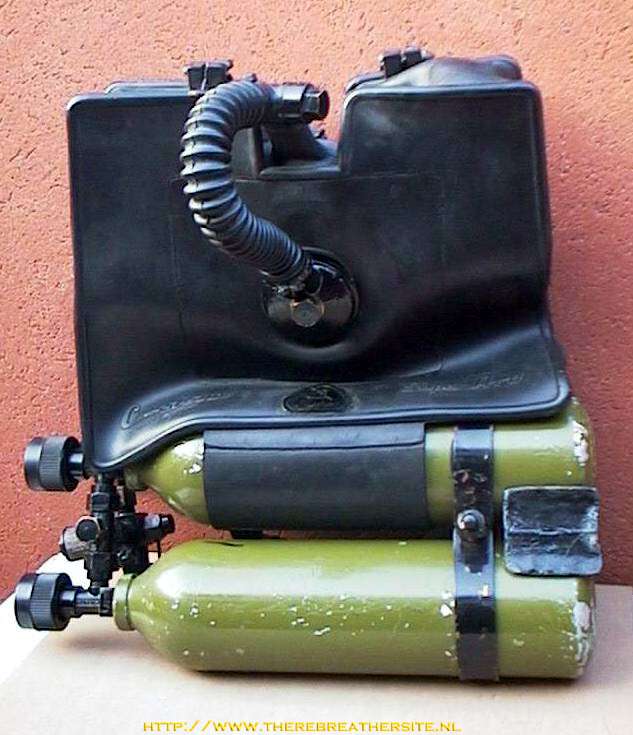
Through many trials and tests, it has been established that the separate over-the-shoulder counter lungs offer the best breathing characteristics for the typical diving positions divers may find themselves in. The so-called split counterlungs are considered the most comfortable in most sport diving rebreathers.
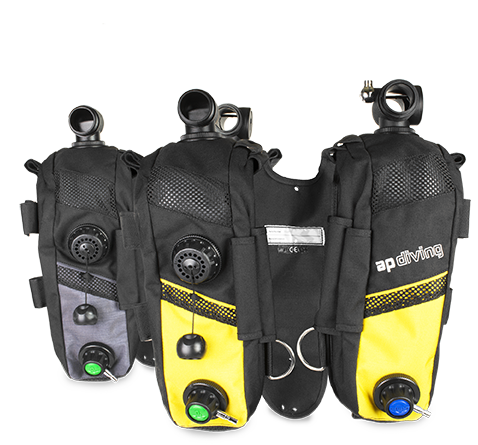
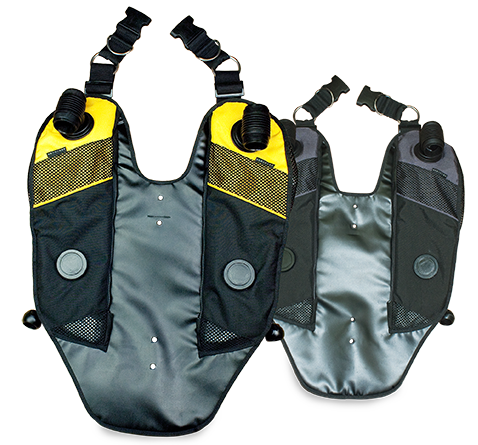
In the previous article about the counterlung, the theory about this difference in breathing comfort was discussed.
The use of back-mounted counterlungs is popular because it offers the diver more freedom in the line of sight when looking down at his chest. The chest is free from the counterlungs and offers more space for instruments or other important items for divers.
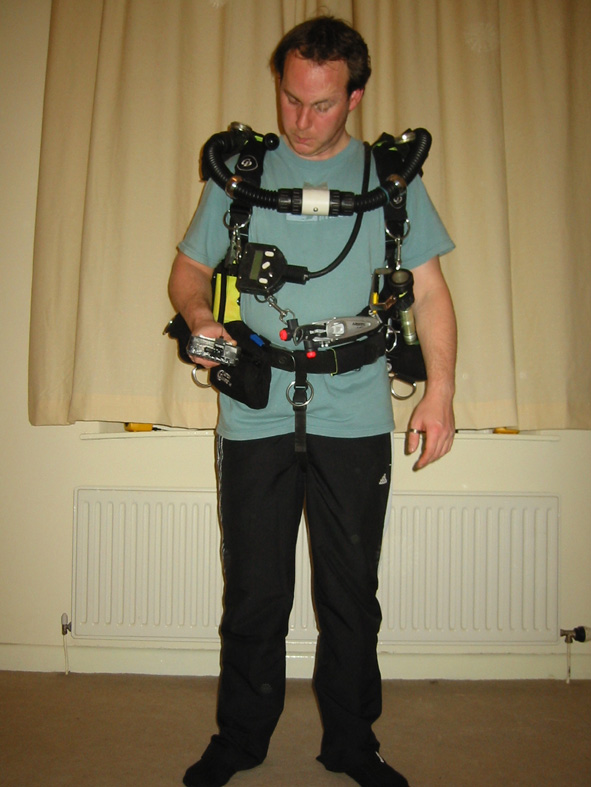
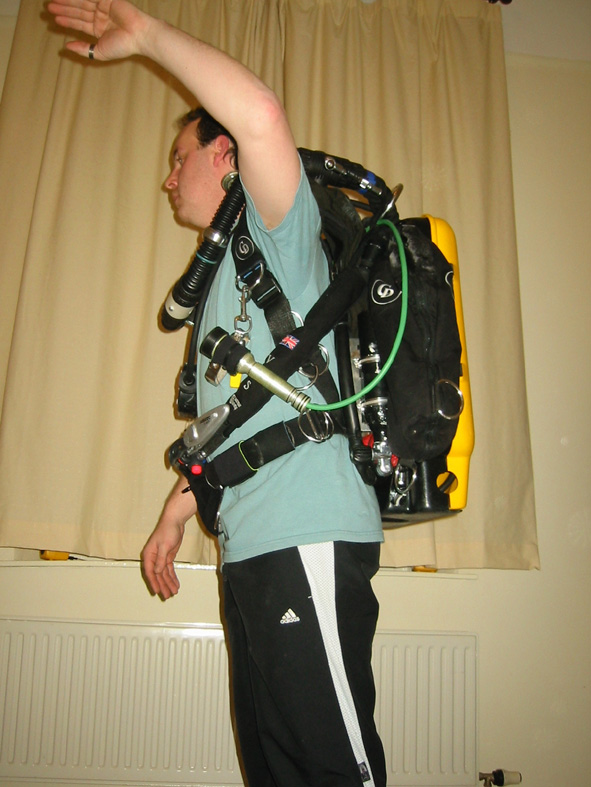
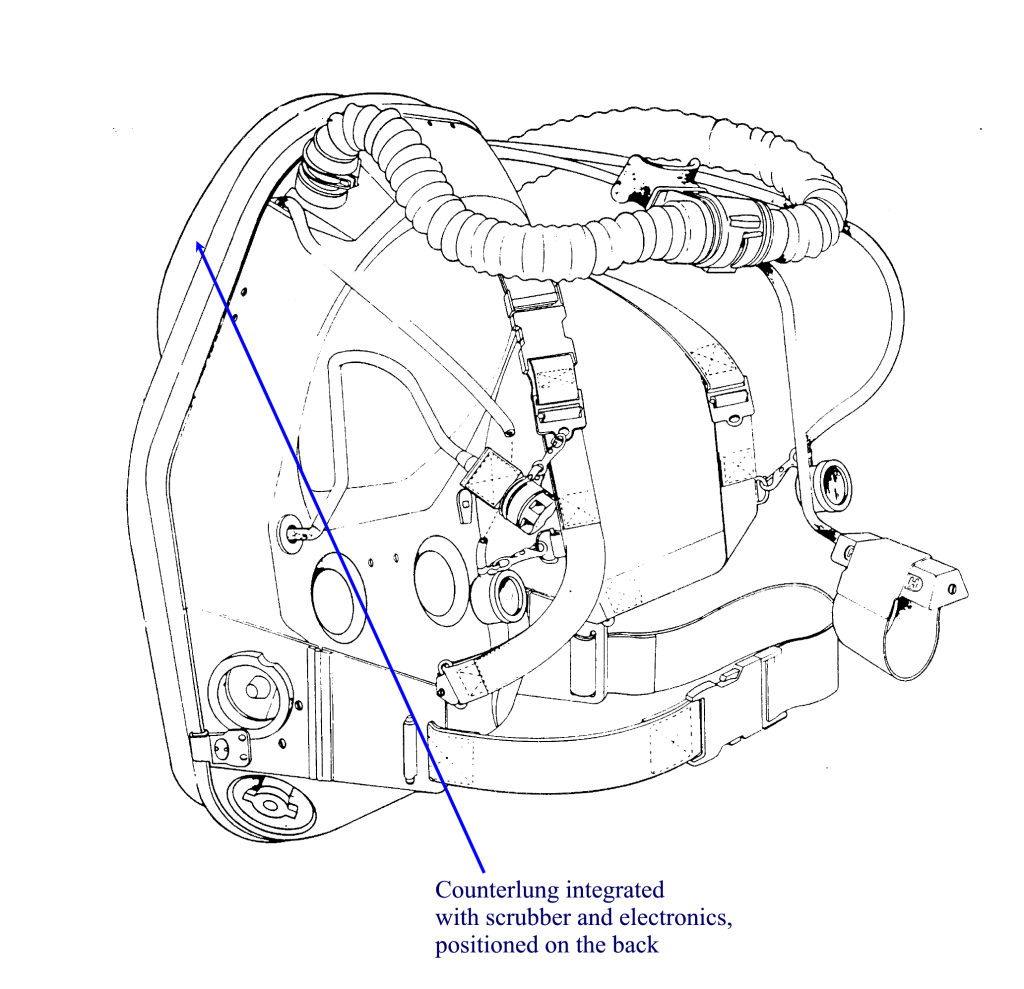

Therebreathersite was founded by Jan Willem Bech in 1999. After a diving career of many years, he decided to start technical diving in 1999. He immediately noticed that at that time there was almost no website that contained the history of closed breathing systems. The start for the website led to a huge collection that offered about 1,300 pages of information until 2019. In 2019, a fresh start was made with the website now freely available online for everyone. Therebreathersite is a source of information for divers, researchers, technicians and students. I hope you enjoy browsing the content!
